Drawing for beginners – geometrical shapes
Drawing for beginners.
Not everyone has the goal of learning to draw and paint in a realistic way. It can nevertheless be useful to know how to render geometric shapes in a correct manner and to make them appear three-dimensional. Geometric forms such as a sphere and a cube form the basis for more complex forms in nature, urban environment and also in abstract works. And the illusion of three-dimensionality is a trick that every artist wants to be able to control, if only to consciously not use it. As an exercise for beginners I assign the exercise to draw a still life of simple shapes, that have been painted grey so as not to distract from their basic shapes.

You draw with graphite pencils of different darkness (h, b, 2b, 3b etc.) to discover what effects you can achieve with these. You also practice drawing shadows and light by shading (small lines, circles or dots form the illusion of a gray area), by rubbing the drawing, and by pressing harder or softer on the pencil. When drawing a cube shape it is important to keep an eye on which lines run parallel to each other. With a cylinder you can use as a trick to draw two equal ovals on top of each other and connect them with vertical lines, then you know for sure that the top and bottom of the cylinder match. If you look at a cylinder from the side, the ovals (top and bottom) are almost flat, while when you look at a cylinder from the top, you see a circle.
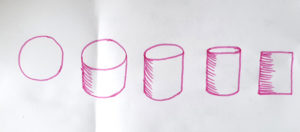
If you have mastered the ball, the cube and the cylinder, you can draw a more complicated shape such as vase, hammer or piece of fruit! The great thing about still life drawing or painting is that you take the time to absorb the beauty of everyday objects. The drawing below was made by Elisa in a lesson inspired by the art of Jim Dine:
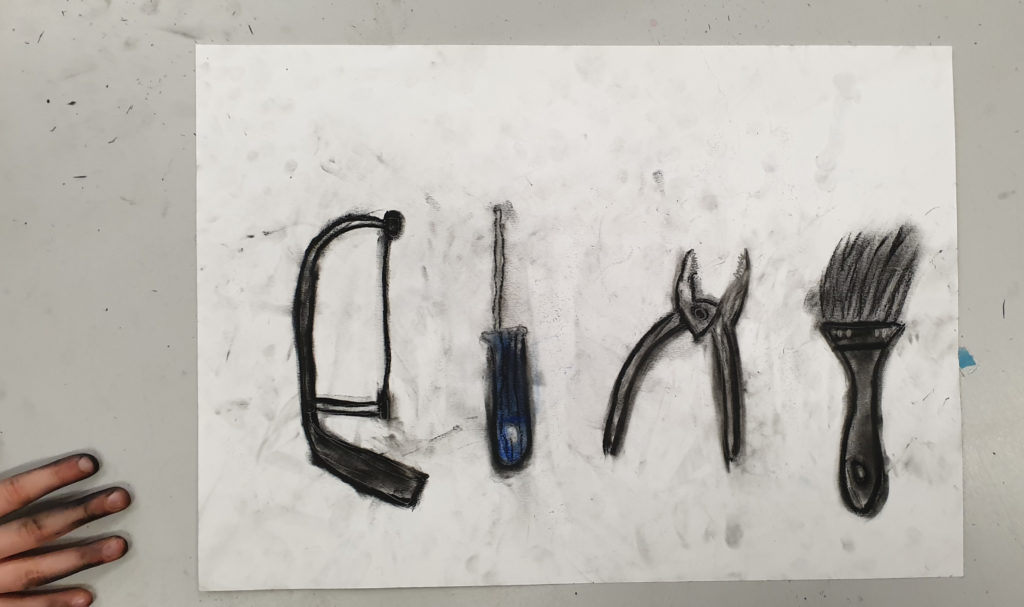
Do you also want to learn how to draw, paint, and create your own artworks? Come and join a try-out class in Amsterdam West (near the Mercatorplein). Send teacher Rini Brakkee an email: info@groetenvanmarc.nl



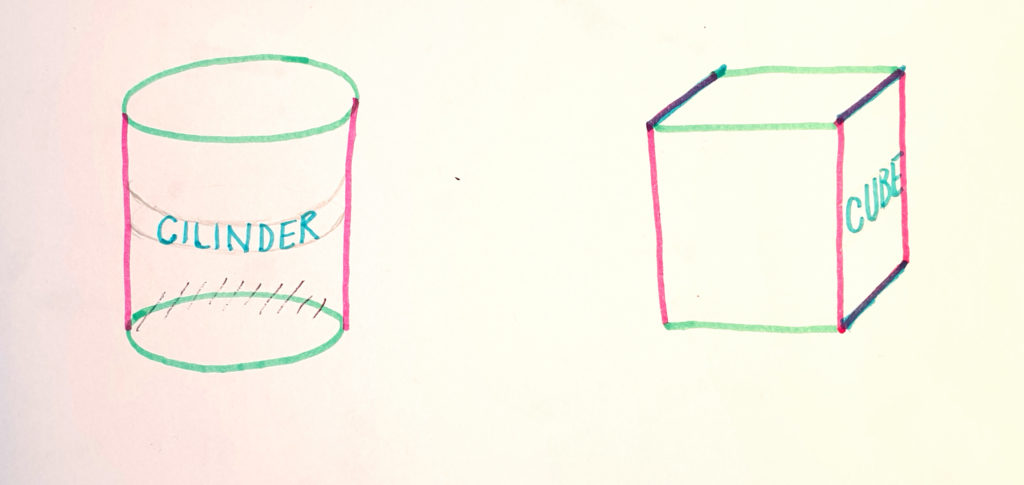
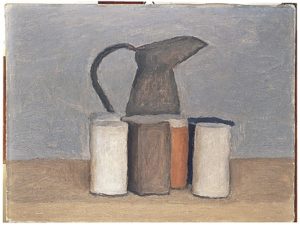


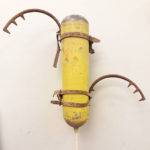
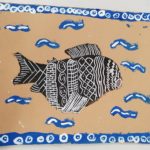
share this blogpost